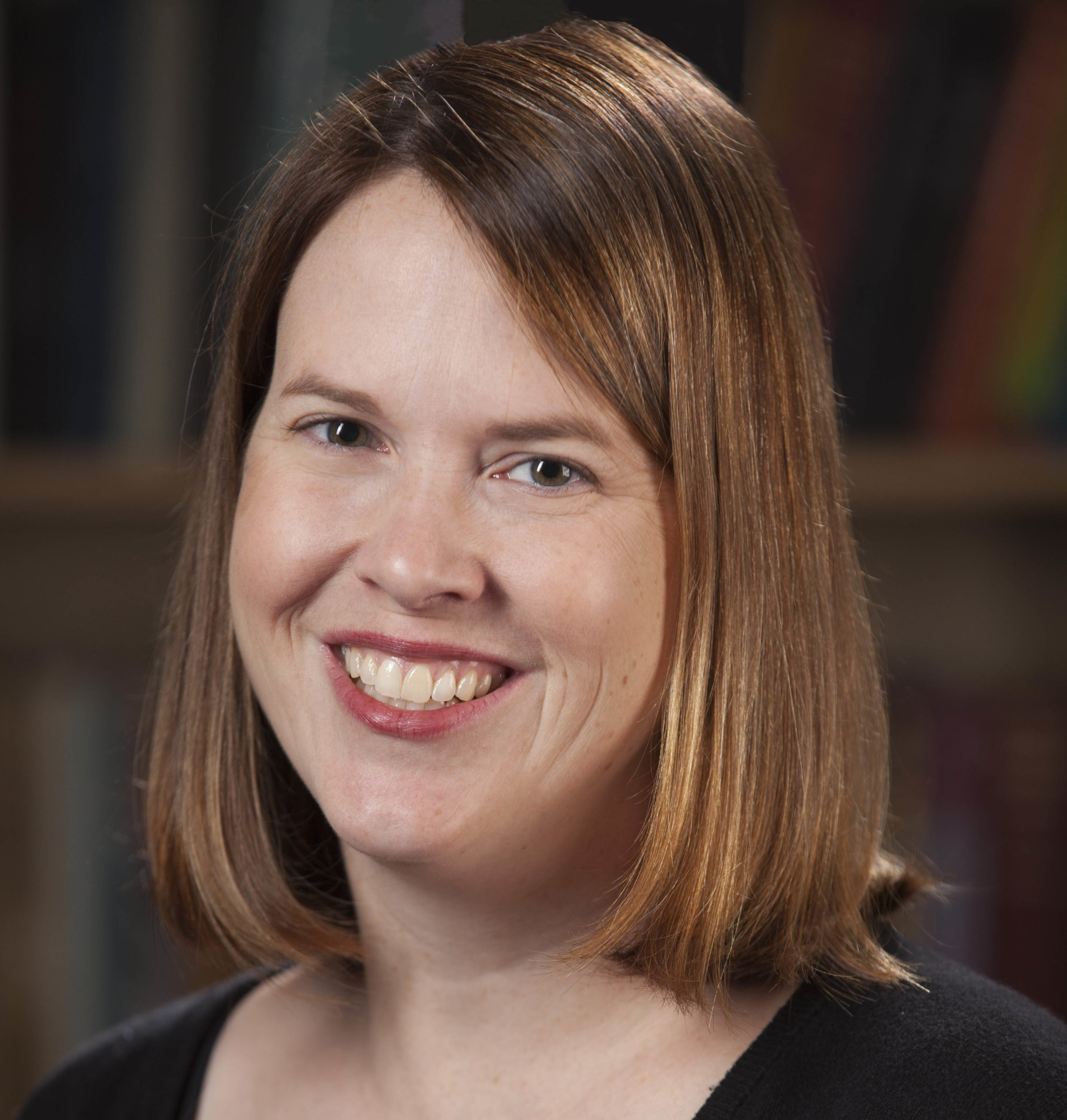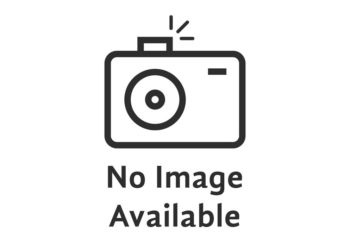Editor’s Note: Today’s post is by Sylvia Hunter, Jocelyn Dawson, Amanda Rogers, and Nicola Poser. Sylvia is Manager, Product Marketing, Community & Content, at Wiley Partner Solutions. Jocelyn is the Director of Journals at the University of Pennsylvania Press. Amanda is Marketing Communications Associate and DEIBA Liaison at BioOne. Nicola is the Director of Marketing and Sales for the American Mathematical Society.
“The “Advancing Accessibility in Scholarly Publishing” blog series consists of three parts:
- Part 1: Fostering Empathy
- Part 2: Building Support
- Part 3: Recommendations for Digital Accessibility Best Practices
What does it look like for an organization to prioritize digital accessibility for its staff and external partners? Perhaps a generous line in the annual budget used for assistive technology products, staff time devoted to developing use cases and testing for accessibility, a prominent place for accessibility improvements in the annual roadmap, and widespread understanding that access for individuals of all abilities is one of the company’s core values. In scholarly publishing, an industry where publishers are often time- and resource-strapped, optimizing digital accessibility can fall below other priorities or receive attention only when there is a concern about legal compliance. But making our products and services accessible to the widest possible audience and ensuring that our colleagues have the resources they need for their jobs, should be constant priorities.
How do we build support for the vitally important work of digital accessibility in scholarly publishing? Learning about best practices and raising accessibility concerns should not fall only to those with disabilities or those whose jobs explicitly touch on accessibility. With 26% of the US population and 15% of the global population identifying as disabled, it’s critical for staff throughout an organization to keep the needs of those with disabilities front-of-mind. In this post, we’ll discuss how digital accessibility can and should be a key component of our work as scholarly publishers.
Of course, “people with disabilities” and “people who work in scholarly communication” are not mutually exclusive groups. We consider the need for both accessible content for our audiences and accessible systems for staff.

Gaining Support for Improving Accessibility for Our Readers
In November 2021, the Society for Scholarly Publishing (SSP) hosted a useful webinar (part of the 2021 Webinar Series) titled “Accessibility in Publishing.” One very clear and very important take-away was recognizing that accessibility work is complex and ongoing, and the important thing is to make a start.
There is a good deal that committed individuals or groups within an organization can accomplish, even without substantial organization-wide support:
- Ensure that web administrators and developers are aware of best practices such as the Web Content Accessibility Guidelines (WCAG) and put them to use as much as possible
- Train marketers and communicators to provide accessible campaign materials, particularly for digital marketing, including but not limited to social media
- Develop guidelines for authors around the need for well-structured documents, including best practices for headings and labeling, and best practices for visual materials including the importance of using color with accessibility in mind
- Provide training in accessibility best practices for content developers, including production editors and copy editors, so they can support authors during content development
- Center the perspectives of people with disabilities by developing use cases, conducting interviews, or bringing in guest speakers
- Connect the stakeholders working directly on these issues through regular communication channels (perhaps via a task force or more informal regular meeting) so different groups are aware of the work being done across the organization and can share knowledge and expertise, while also increasing visibility. As well as the roles mentioned above, these groups could include:
- Rights/Permissions staff who may be tasked with fulfilling requests for alternate file formats
- Product managers responsible for completing VPAT (Voluntary Product Accessibility Template) documents
- Sales, Marketing, and/or Customer Service staff who field customer queries about accessibility efforts and progress
By making a start, this cross-divisional coordination can also create an organizational roadmap and help identify priorities when the time comes to ask for more resources and/or organizational support.
What should you address when building support for investment in your organization? Below we provide some points to consider.
Connecting to the mission
Many scholarly publishers are guided by a mission. This is particularly true of society publishers, who often have the dual mission of disseminating research by and for their members and community and of advocating for the contributions of the scholarly discipline they represent, a goal that resonates with society membership and leadership. In addition to publishing, many societies focus on education, mentoring, and other ways of ensuring a vibrant disciplinary community now and in the future. Reducing the barriers to participation in the scholarly community regardless of gender, sexual orientation, race, ethnicity, socioeconomic status, age, geographical location, institutional affiliation, physical disabilities (whether visible or not so visible), or learning differences can help to frame the importance of investing in accessibility.
Barriers to access, for both readers and authors, can be economic or technical. Technical barriers can limit whether all users are able to effectively use the content, and whether all authors are able to contribute to scholarly debate. Removing accessibility barriers is essential to continuously supporting engagement with scholarly communication.
What impacts do these barriers have if they remain unaddressed? A well-documented example is the impact of inaccessible content on people with visual impairment. The Perkins School for the Blind reports that 6 in 10 students with visual impairments who enter college will not obtain a degree, in any field. Continuing to complete a graduate degree requires extraordinary determination, and scholars facing a disability have long had to go to great lengths and seek out significant resources to be able to access content and participate fully in their chosen discipline.
In an interview with Nicola Poser (one of this post’s contributors) on October 10, 2022, Jason Khurdan, Manager of Central Services; and Ketty Ombadykow, Alternate Format Text and Assistive Technology Administrator, both of Rutgers Access and Disability Resources at Rutgers University, reminded us that the challenge is only growing with the explosion of online tools and resources instructors use in their courses. Students need access not only to books and journal articles but also to online visualization modules, study tools, homework, and assessments.
Part of “making the case” is helping those not engaged in the daily work of accessibility understand that broadening opportunities for participation is important to fulfilling the mission of providing content not only for today’s scholarly community, but to support the potential community. By providing accessible content from undergraduate textbooks through research journals, books, and databases, our goal as an industry is to remove barriers so that students can find tools that enable them to pursue a degree and a career, and researchers can fully engage with the literature.
Serving our customers
In recent years, an increasing number of libraries and consortia have strengthened vendor accessibility requirements, such as WCAG compliance for websites, VPATs, and contract language related to accessibility. In many cases, this is a response to government directives – in the EU and UK, public-sector bodies, a category that includes many colleges and universities, must conform to guidelines around website and mobile accessibility (for example, the EU’s directive on website accessibility and the UK’s regulations on website accessibility). In the UK, public-sector bodies that purchase e-books and e-journals must ensure that these products conform to accessibility requirements (the JISC website expands on this requirement in the “procurement” section). And the US Office of Science and Technology’s August 2022 memo will soon require federal agencies to:
“maximize equitable reach of public access to peer-reviewed scholarly publications, including by providing free online access to peer-reviewed scholarly publications in formats that allow for machine-readability and enabling broad accessibility through assistive devices.”
These important and needed requirements should be front-of-mind for publishers serving public entities. When a publisher’s products do not conform to best practices in accessibility, the work of making those products accessible falls to librarians and other disability service providers, who have both a responsibility and, in many cases, a legal obligation to ensure that their patrons have equal access to online content. This means that work is duplicated across many institutions when it could be streamlined at its point of origin, the publisher. A reputation for designing products in a way that centers accessibility and for producing content that does not have to be remediated should be something publishers strive for.
Universal Design Is for Everyone
“Universal design is design that’s usable by all people, to the greatest extent possible, without the need for adaptation or specialized design.”
– Ron Mace, 1985
Imagine having to change your settings for every website you visited during your workday. How productive do you think your day would be? In 2021, 85% of adults in the US reported going online at least once a day, and 31% reported being online “almost constantly.” With more people using digital spaces, removing barriers to digital access is crucial to promoting inclusivity within organizations and the communities they serve. This directly benefits the organization by creating a culture of inclusivity supported by action and can also have a positive impact on employee satisfaction.
The goal of universal design is to be as functional as possible for as many people as possible, so that users need minimal assistive technology to interact meaningfully. In website design, for example, this means that web managers will look to maintain sufficient contrast between text and images or backgrounds. Alt text is added to visuals to briefly describe the image, and especially to provide any text embedded within the image that screen readers will not recognize. This ensures that people who use assistive technology to access screens can receive the intended message without having to change their settings, and good contrast helps everyone better see the visual. Alt text will also display if an image can’t load on the page, so including this accessibility feature also makes the website more user-friendly for everyone if an image does not load.
Of course, this “accessibility helps everyone” concept is not new, and while appealing to the “curb cut effect”(named for the curb cuts on sidewalks/pavements) can help gain buy-in from resistant colleagues, it is not without problems. According to Colorado Law professor Blake E. Reid, this strategy “is one that risks substantial harms to disabled people by systematically losing the disability forest for the accessibility trees, subordinating disabled people to nondisabled people — addressing the interests and needs of disabled people only to extent their interests converge.”
This doesn’t mean that digital spaces should reject universal design as a concept. Instead, it means that we – as creators – should recognize the vital role that design plays in shaping our fast-changing digital world and prioritize addressing digital injustice within our technologies. It also means that we need to fully welcome and integrate disabled people into the workplace as designers, usability testers, and decision makers.
Fostering a Supportive Environment for Staff
A recent post on the Scholarly Kitchen noted that “Around 80% of disabilities are ‘hidden,’ meaning that it’s highly likely that you live and work with many people with disabilities, without being aware of it.” Access to workplace accommodations often burdens the individual to disclose their disability to their employer and colleagues. Choosing whether to disclose a disability is complex and can often put an employee in an uncomfortable and vulnerable state. Even when laws protect disabled workers from discrimination, the stigma surrounding many disabilities is a real fear with real impacts. Mistreatment of employees with disabilities is a well-documented issue in the workplace, and many with hidden disabilities choose to keep them hidden.
It is also important to remember that many employers require extensive documentation to provide accommodations, which creates barriers to accessing accommodations that would improve employee satisfaction and performance. The process for autistic adults seeking assessment, for example, is time-consuming, complicated, and costly. Employers who create transparent and flexible work policies and environments have a positive impact on all employees, and this is particularly true for employees with disabilities. By creating these kinds of policies and work environments, human resources departments and employers can foster an inclusive culture for all employees, and especially those with disabilities – clearing a path for people to tell employers what they need to do their jobs well without having to over-explain or create extra paperwork.
Conclusions
In order to effectively serve our community – both our external audience and our internal staff – scholarly publishers need to recognize that the drive for improving accessibility is one of ongoing work. It is an example of the journey being the point: the destination is constantly shifting as new technologies emerge to support these efforts. Perhaps the most important cultural shift for organizations is to recognize that accessibility cannot, for the long-term, be relegated to the responsibility of a specific group or department; rather, this work will involve making accessibility considerations part of the continuous workflow across the organization, resulting in an improved experience for all stakeholders.



